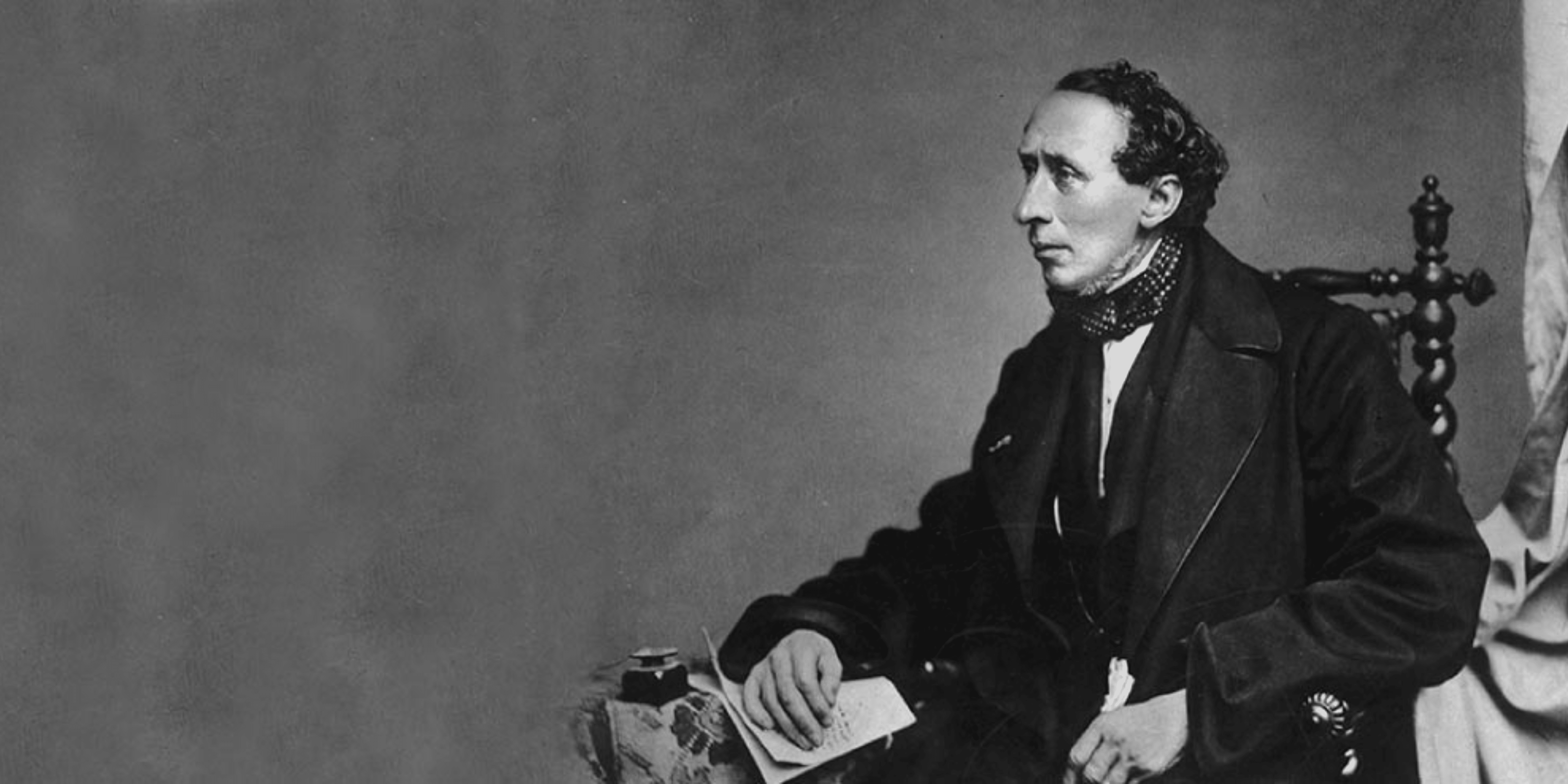Hans Christian Andersen
LITERATURE
award
The Hans Christian Andersen Literature award is an award for internationally recognized storytellers who share a kinship with H.C. Andersen, Denmark’s beloved master storyteller ... celebrating Andersen’s influence on writers around the world.

Welcome
The Hans Christian Andersen Literature Award celebrates Andersen's influence on writers around the world by honouring writers whose genres or storytelling techniques show traces of Andersen's rich oeuvre.
This international Danish literary prize recognizes writers who share the thought expressed by the little boy in Andersen’s tale "The Elderberry-Tree Mother": "Mother says that everything you look at can be turned into a story, and that you can make a tale of everything you touch."
Past recipients include writers who revel in narrative. They write fairy tales and magic realism. They portray wonder and the immanence of fantasy. In life's reverberations, they see a world permeated by the spiritual.
Their writing transcends physical needs and realities. As do the works of H.C. Andersen.
Previous Recipients

About the award
The award was first bestowed in 2007, although at that time, it was a special honorary prize given to Brazilian writer Paulo Coelho, and had not received the name that it carries today.
This led to the official establishment of the Hans Christian Andersen Literature Committee and, subsequently, the Hans Christian Andersen Literature Award. The award was first presented under this name to J.K. Rowling in 2010. Since then, it has been awarded every two years: in 2012 to Isabel Allende, in 2014 to Sir Salman Rushdie, in 2016 to Haruki Murakami, and in 2018 to A.S. Byatt.
Recipients receive a bronze sculpture, "The Ugly Duckling," by Danish sculptor Stine Ring Hansen; a diploma, "The Beauty of the Swan"; and 500.000 Danish Kroner.
About Hans Christian Andersen
The fairy tales, for which Hans Christian Andersen achieved worldwide recognition, explain a great deal about the Danish soul. Even as the tales describe the most fantastic situations, the realities of daily life in nineteenth-century Denmark provide chiaroscuro that lends the tales their depth. Still, they contain universal truths about the human condition that have spoken to many cultures in many ages.
